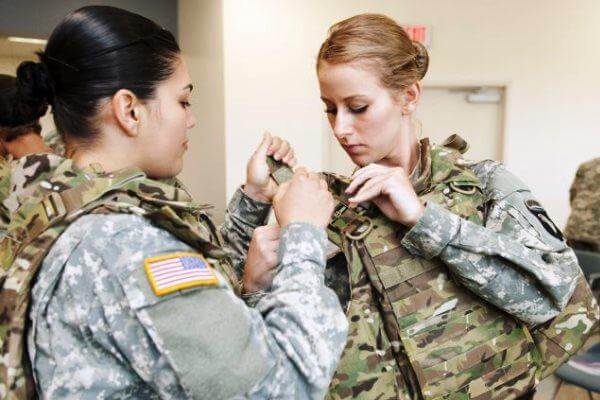Last week, U.S. Defense Secretary Ashton Carter announced that military combat jobs will be opened to female troops.
The decision means qualified women will be authorized to apply to the U.S. military's 52 remaining occupational specialties, including conventional combat arms positions such as infantry and cavalry, as well as special operations jobs such as Army Rangers, Green Berets and Navy SEALs.
Here at Kit Up, we're curious how the decision will affect equipment, specifically load-bearing packs, armor and other gear. After all, both Army and Marine Corps studies concluded that female troops participating in ground combat training "sustained injuries at higher rates than men, particularly in occupational fields require load-bearing," according to information released by the Pentagon.
Could this risk be mitigated by developing gender-based equipment -- gear designed specifically to better distribute weight across the female body? While only a small subset of women in the military are expected to actually apply for direct-action combat jobs, the services are known for developing ill-fitting uniforms and gear for female troops. And gear that fits properly isn't about fashion, it's about safety.
The Army's female body armor was named one of Time magazine's best inventions of 2012, but top Defense Department officials have signaled more needs to be done.
The Pentagon's top weapons buyer, Frank Kendall, in June issued guidance that dealt with the issue of combat equipment specifically for female troops. He directed the individual services "to take immediate steps to ensure that combat equipment provided to female service members is properly designed and fitted to accommodate their requirements, and that it meets required standards for wear and survivability."
He also directed them to "continue to monitor and address female sizing and fit issues in current and future combat equipment development and programs of record."
Among the questions we have: What will gender-based packs and other equipment look like, how will they differ and how effective will they be in mitigating the higher injury rates among women?









